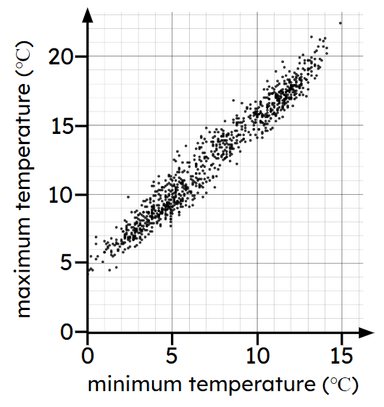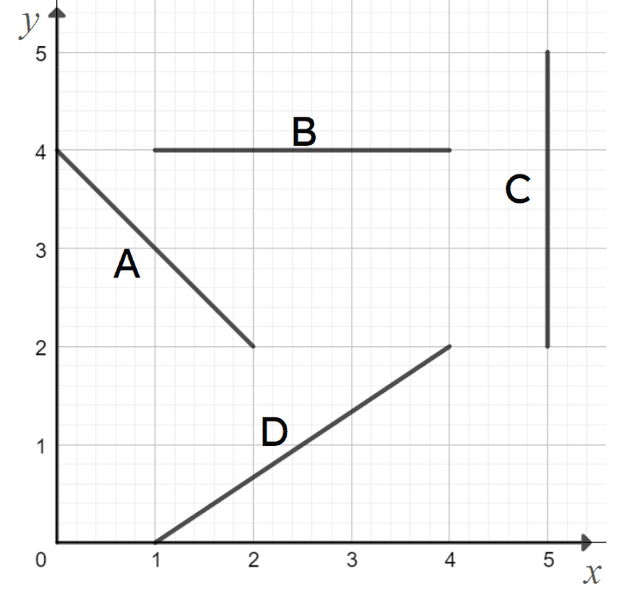Studying local climate change
I can understand how the UK's weather has changed over a long time.
Studying local climate change
I can understand how the UK's weather has changed over a long time.
These resources will be removed by end of Summer Term 2025.
Lesson details
Key learning points
- By considering weather data for an area, conclusions can be made about weather trends
- Considering trends in weather data across a larger region can lead to more general conclusions
- Graphical representations can make comparisons easier
Keywords
Forecast - A forecast is a prediction of a future event occurring (based on data).
Extrapolation - Extrapolation is the process of estimating unknown values that are outside the range of existing data.
Climate - Climate is the average weather pattern in an area across a long period of time.
Common misconception
One trend line appearing higher on a graph than a different trend line means the higher line shows more change over time.
It is the gradient of a trend line that informs how quickly something is changing with respect to time.
To help you plan your year 9 maths lesson on: Studying local climate change, download all teaching resources for free and adapt to suit your pupils' needs...
To help you plan your year 9 maths lesson on: Studying local climate change, download all teaching resources for free and adapt to suit your pupils' needs.
The starter quiz will activate and check your pupils' prior knowledge, with versions available both with and without answers in PDF format.
We use learning cycles to break down learning into key concepts or ideas linked to the learning outcome. Each learning cycle features explanations with checks for understanding and practice tasks with feedback. All of this is found in our slide decks, ready for you to download and edit. The practice tasks are also available as printable worksheets and some lessons have additional materials with extra material you might need for teaching the lesson.
The assessment exit quiz will test your pupils' understanding of the key learning points.
Our video is a tool for planning, showing how other teachers might teach the lesson, offering helpful tips, modelled explanations and inspiration for your own delivery in the classroom. Plus, you can set it as homework or revision for pupils and keep their learning on track by sharing an online pupil version of this lesson.
Explore more key stage 3 maths lessons from the Maths and the environment unit, dive into the full secondary maths curriculum, or learn more about lesson planning.

Equipment
Licence
Starter quiz
6 Questions





Exit quiz
6 Questions







